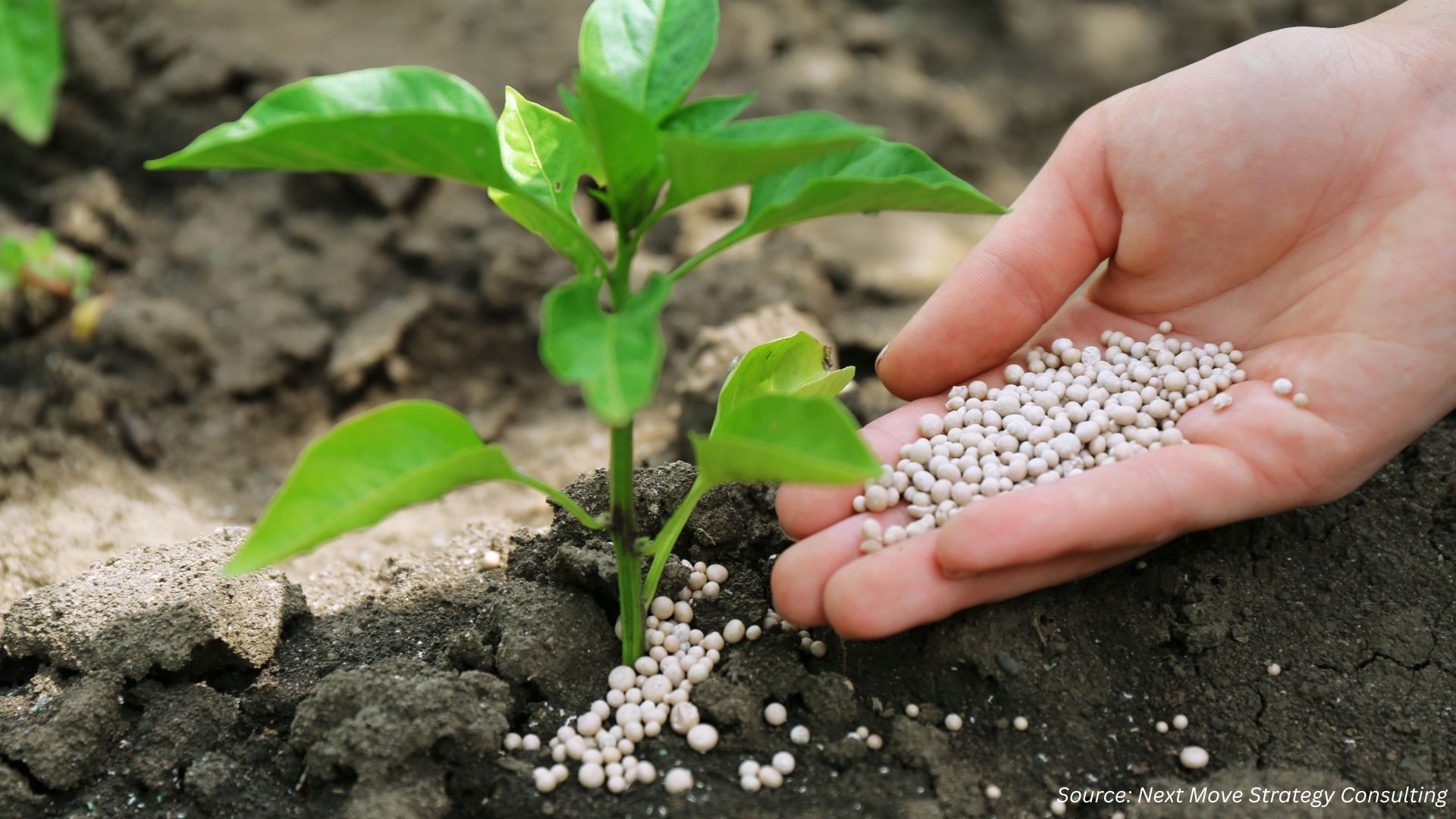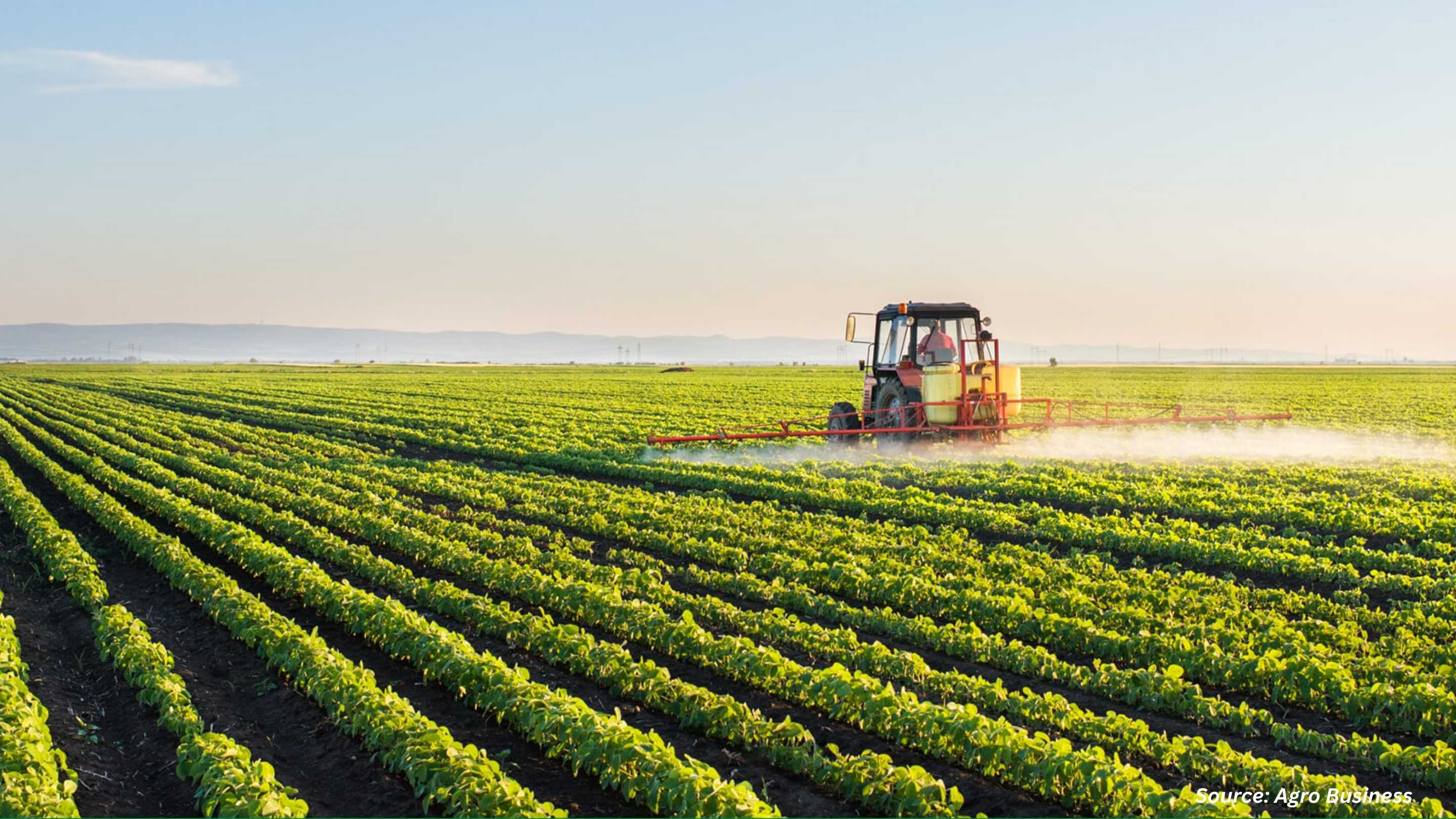Liquid Fertilizer: Why Is It Trending Now?
Published: 2025-09-18

Liquid fertilizer is moving from niche to mainstream because of new production methods, major infrastructure investments, and growing interest in recycled nutrient sources. This short blog explains what liquid fertilizer is, why recent projects and research matter, and what farmers and supply-chain managers should do next.
What exactly is liquid fertilizer and why should growers care?
Liquid fertilizer refers to nutrient solutions (for example, urea ammonium nitrate, ammonium sulphate solution, and liquid N+S blends) that are stored, blended, and applied in liquid form rather than as dry granules. Liquid formats enable faster mixing, on-demand custom blending, and precision application. Recent facility investments aim to improve supply reliability and application flexibility for farmers.
Summary
-
Liquid fertilizer provides a flexible, rapid-response way to manage crop nutrition and is gaining attention because new facilities make supply and custom blends more accessible.
-
Liquid fertilizers include UAN, ammonium sulphate solution, and N+S blends.
They allow custom batching and rapid loading for fast farm delivery.
How are companies expanding liquid fertilizer infrastructure and capacity?
What recent facility projects demonstrate the trend toward scaling liquid fertilizer? Two facility examples from 2025 show the scale and features:
-
OMEX opened Ireland’s largest dedicated liquid fertilizer distribution hub at the Port of Cork; the terminal provides large storage capacity and 24/7 automated loading to serve Ireland’s agricultural regions and supply high-performance liquid N+S fertilizers. The hub was inaugurated on 5 March 2025.
-
Adams Industries and Simplot Grower Solutions opened a roughly $20 million, 24/7 liquid fertilizer facility near Sidney (Brownson), Nebraska, capable of rapid mixing and distribution, with 8 million gallons of storage and the ability to load up to 18 semi-tractor-trailers per hour. The site can mix a custom batch every eight minutes and runs at about 650 gallons per minute.
Summary
Large, modern liquid fertilizer hubs are being commissioned to improve national and regional supply reliability, speed up loading and custom-batching, and support precision nutrient management.
-
OMEX: Ireland’s first and largest dedicated liquid fertiliser hub at Port of Cork.
- Adams/Simplot (Nebraska): $20 million facility; 8 million gallons storage; up to 18 loads/hour; custom batch every eight minutes.
Can waste-derived nutrients replace conventional nitrogen and phosphorus in liquid fertilizer?
Is it realistic to turn organic waste into effective liquid fertilizer? Recent peer-reviewed research shows promising results: researchers produced a waste-derived nutrient solution (from food waste, manure, and sewage sludge) and demonstrated methods to improve phosphorus solubility. Their experimental method produced solutions that could replace up to 100% of nitrogen and up to 77% of phosphorus used in typical liquid chemical fertilizers in hydroponic systems.
Summary
Controlled processing and pH management make it feasible to substitute a very large share of hydroponic nitrogen and a majority of phosphorus from organic waste streams — offering a credible route for circular nutrient management.
-
Waste sources tested: food waste, manure, and sewer sludge used to create nitrified digestate seed cultures.
-
Reported substitution: up to 100% of nitrogen and up to 77% of phosphorus in hydroponic liquid fertilizers.
What operational advantages do modern liquid fertilizer facilities deliver?
Which operational metrics matter and what are current facilities achieving?
-
Turnaround and speed: The Adams/Simplot facility reported the ability to load a full semi in about eight minutes and to operate at roughly 650 gallons per minute, resulting in up to 18 semi loads per hour. It also has advanced rail unloading and can receive full unit trains into storage in roughly 20 hours.
-
Automation and availability: OMEX’s Port of Cork hub is designed for 24/7 operation with automated loading to improve distributor and farmer access; OMEX states the hub will support high-performance liquid N+S fertilizers and strengthen supply-chain resilience for Irish farmers.
Quick comparison table: two recent facility examples
|
Company / Site |
Opening date |
Notable capacity / feature |
|
OMEX — Port of Cork, Ireland |
5 Mar 2025 |
Ireland’s largest dedicated liquid fertilizer hub; 24/7 automated loading; supplies N+S blends. |
|
Adams Industries & Simplot — Brownson (near Sidney), NE, USA |
Feb 2025 |
~$20M facility; 8 million gallons storage; 3 loading bays; up to 18 trailers/hr; custom batch every 8 min. |
Next Steps — What should farmers, retailers, and policymakers do?
Actionable takeaways
-
Trial blended liquid formulations: Work with local distributors to run small trials comparing yields and application efficiency between liquid blends and current practices. (Leverage local hubs for quick supply.)
-
Evaluate logistics and storage: If the region has rail or port transload options, quantify cost/time savings from switching some inputs to liquid forms.
-
Monitor quality standards for recycled nutrient solutions: If considering waste-derived liquids, require lab certification and pH-management protocols—these matter for phosphorus solubility and crop safety.
-
Engage with hub operators on custom batching: Use the ability to create small, frequent custom batches to fine-tune nutrient timing for precision agronomy.
Final takeaway
Liquid fertilizer is trending because real infrastructure investments and credible research are converging: large, automated hubs make supply and custom batching practical, and peer-reviewed work shows that waste-derived nutrient solutions can substitute a large share of conventional N and P in controlled systems. Combined, these developments create opportunities to improve nutrient use efficiency and local supply resilience — provided stakeholders adopt rigorous quality controls and logistics planning.
About the Author
 Joydeep Dey is a seasoned SEO Executive, Content Writer, and AI expert with over 2½ years of experience in digital marketing and artificial intelligence. He specializes in SEO strategy, impactful content creation, and developing data-driven, AI-powered solutions that enhance online visibility and engagement. With a strong foundation in natural language processing and emerging AI technologies, Joydeep is known for simplifying complex concepts into clear, actionable insights.
Joydeep Dey is a seasoned SEO Executive, Content Writer, and AI expert with over 2½ years of experience in digital marketing and artificial intelligence. He specializes in SEO strategy, impactful content creation, and developing data-driven, AI-powered solutions that enhance online visibility and engagement. With a strong foundation in natural language processing and emerging AI technologies, Joydeep is known for simplifying complex concepts into clear, actionable insights.
About the Reviewer
 Sanyukta Deb is a skilled Content Writer and Digital Marketing Team Leader, specializing in online visibility strategies and data-driven campaigns. She excels at creating audience-focused content that boosts brand presence and engagement, while also pursuing creative projects and design interests.
Sanyukta Deb is a skilled Content Writer and Digital Marketing Team Leader, specializing in online visibility strategies and data-driven campaigns. She excels at creating audience-focused content that boosts brand presence and engagement, while also pursuing creative projects and design interests.















Add Comment